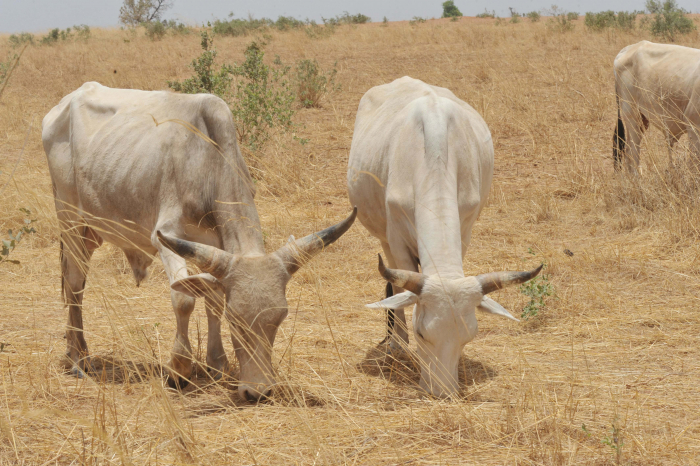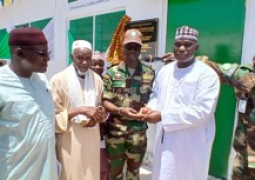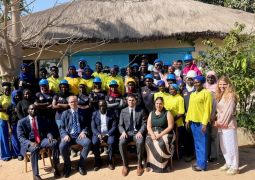
The initiative seeks to facilitate real time collection and dissemination of livestock market data and agricultural information to stakeholders and the public at large for enhanced food value chain.
The Food and Agriculture Organisation of the United Nations (FAO) facilitated the development of the MIS and the website with support from the European Union funded project: “Agriculture for Economic Growth and Food Security/Nutrition to mitigate migration flows”. The project is being implemented by FAO and the World Food Programme (WFP) in close collaboration with partners in the public and private sectors. The project aims at contribute to sustainable growth in the agricultural sector and reduce food insecurity and malnutrition to mitigate migration flows to Europe.
According to GLMA officials, the availability of good quality market price data plays a fundamental role in enhancing market transparency, competitiveness and the more equitable sharing of benefits between market actors.
During the validation exercise, Saja Kora, GLMA Focal Person for the MIS and website development, recited a famous African proverb in honor of the partnership needed for this achievement: “If you want to go fast, go alone. If you want to go far, go together', In fact, this month the Decade of Action focuses on the SDG17 – Partnerships. Kora thanked the management of GLMA for their support and contribution towards the realisation of the initiative. "Every part of the process was interesting, but I have to say the most interesting part was when we went out to the field to test the mobile app widely around the country”, he highlighted.
Demba Jallow, Director General, GLMA also lauded the significance of the FAO’s intervention towards the operations of his agency. He noted that the MIS and website would sustainably build and strengthen the resilience of the communities against poverty, and reduce food and nutrition insecurity through access to improved market information and services. He added that currently, GLMA is manually collecting field data from livestock markets throughout the country and other terminal markets, making this task very time consuming. This is why the new systems and availability of timely and accurate data will significantly benefit the agency and the country at large.
Ms. Louise Tine, FAO Programme Officer representing Ms. Shibu Rampedi, FAO Country Representative in The Gambia, expressed optimism and that the availability of a functional MIS will contribute towards reducing the workload of GLMA staff by minimizing manual data collection and entry. The new system will enhance delivery and allow much faster decision-making. She also noted that moving Gambia’s agricultural sector into the digital world will have a multiplier effect. “In The Gambia, 46 % of the labour force works in agriculture while 80% of rural population has agriculture as their primary source of income. In addition, using this new technology will cut down costs of printing, meaning that as a bonus, it is beneficial for the environment and thus contributes to reducing global warming and climate change”, she noted.
Duto Sainey Fofana, Chairman Board of Directors GLMA, explained that the MIS will play an important role in agro-industrialisation and the food systems value chain. The system has the potential to bring all value chain actors together on a platform on a real time basis.





